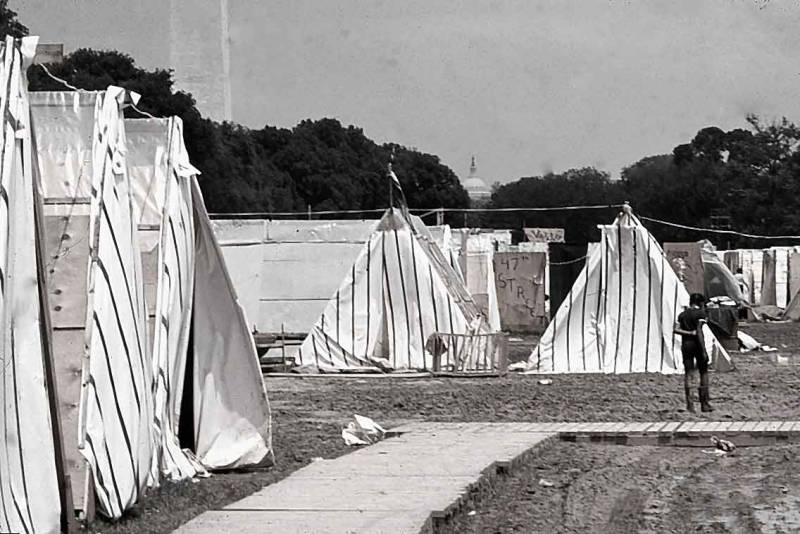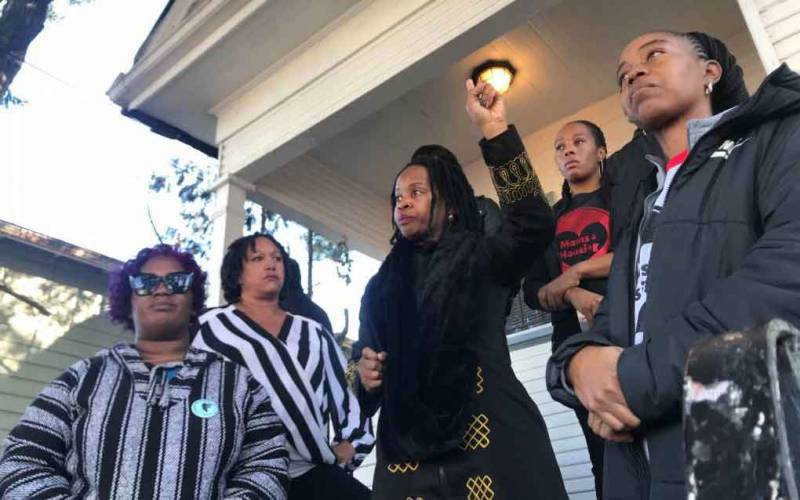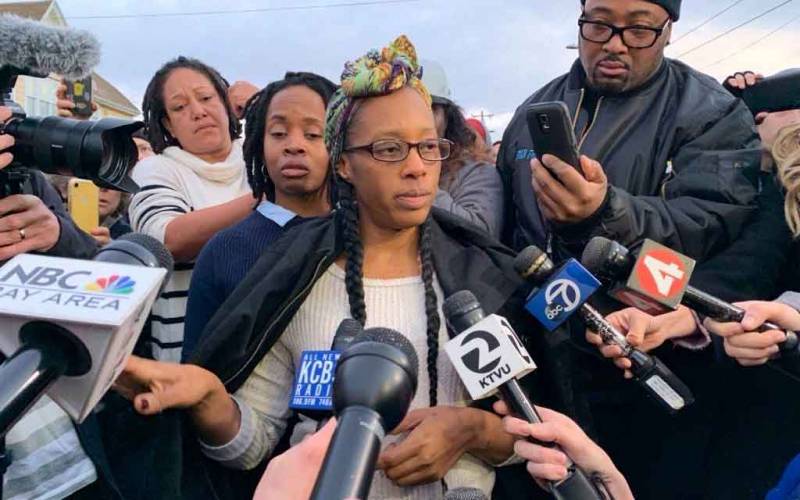Right before Dr. Martin Luther King, Jr. was assassinated in 1968, he worked for over a year on something called the Poor People’s Campaign. The plan, in short, was to organize economically disenfranchised folks of all races, from all across the nation, and have them set up camp on Washington DC’s National Mall. King’s hope was that the visible public encampment would show the need for “radical wealth redistribution,” since economic inequality in America was, and still is, a national emergency.

“There is nothing wrong with the traffic law which says you have to stop for the red light,” King said, during a radio broadcast prior to the launch of the campaign. However, King added, “when a fire is raging, the fire truck goes right through that red light, and normal traffic had better get out of its way.” He explained that oppressive conditions had created “a fire raging now for the Negroes and the poor of this society,” and subsequently, the country would “need brigades of ambulance drivers that will ignore the red lights of the present system, until the emergency is solved.”
The current housing system in California, and especially the Bay Area, is a red light. Housing insecurity continues to spread like wildfire. It’s time to disregard the stop signs and send in all the fire trucks and ambulances we can muster.

As we’ve seen in near-daily headlines, the alarms have been ringing for some time now. The sprawling tent cities alone are a wailing siren.
In Oakland, Mayor Libby Schaaf responded by housing people in Tuff Sheds, small buildings originally designed for storage and garden tools. In September of last year, President Trump threatened sanctions by the Environmental Protection Agency against San Francisco, saying, “They have to clean it up. We can’t have our cities going to hell.” A year earlier, a similar sentiment was shared by an official from the United Nations, calling conditions in the Bay Area “cruel and inhuman.”
Last month, two New York Times reporters compared and contrasted conditions in the Bay Area versus those of a slum in Central America. They found two advantages to living in a “shanty village” outside of Mexico City over being homeless on High Street in East Oakland: stability and running water.
As if those signs of distress aren’t loud enough, just last week Governor Gavin Newsom signed an executive order that “requires state agencies to take urgent and immediate action” to find space on state property where shelters can be built; the deadline is Jan. 31, and the order is supported by over $1 billion in funding. According to Governor Newsom, “the State of California is treating (homelessness) as a real emergency—because it is one.”

So on Nov. 18, when Dominique Walker, Sameerah Karim and the Moms 4 Housing collective took up residency in a vacant two-story house on the 2900 block of Magnolia Street in West Oakland, they constituted, in essence, an emergency response vehicle racing toward a burning fire.
Their assertion that “housing is a human right” was driven by morality, while their occupation of the house completely disregarded the red light of the legal housing system.
They stayed in the house for nearly two months before being legally evicted last week and forcibly removed this week. Although it appears they’ve lost the battle to live in the home that’s legally owned by Wedgewood, the country’s biggest “fix and flip” investment company, their action brought awareness to a major component of the housing emergency: the fact that it’s sometimes more profitable for property owners to keep a house empty than to rent it.


